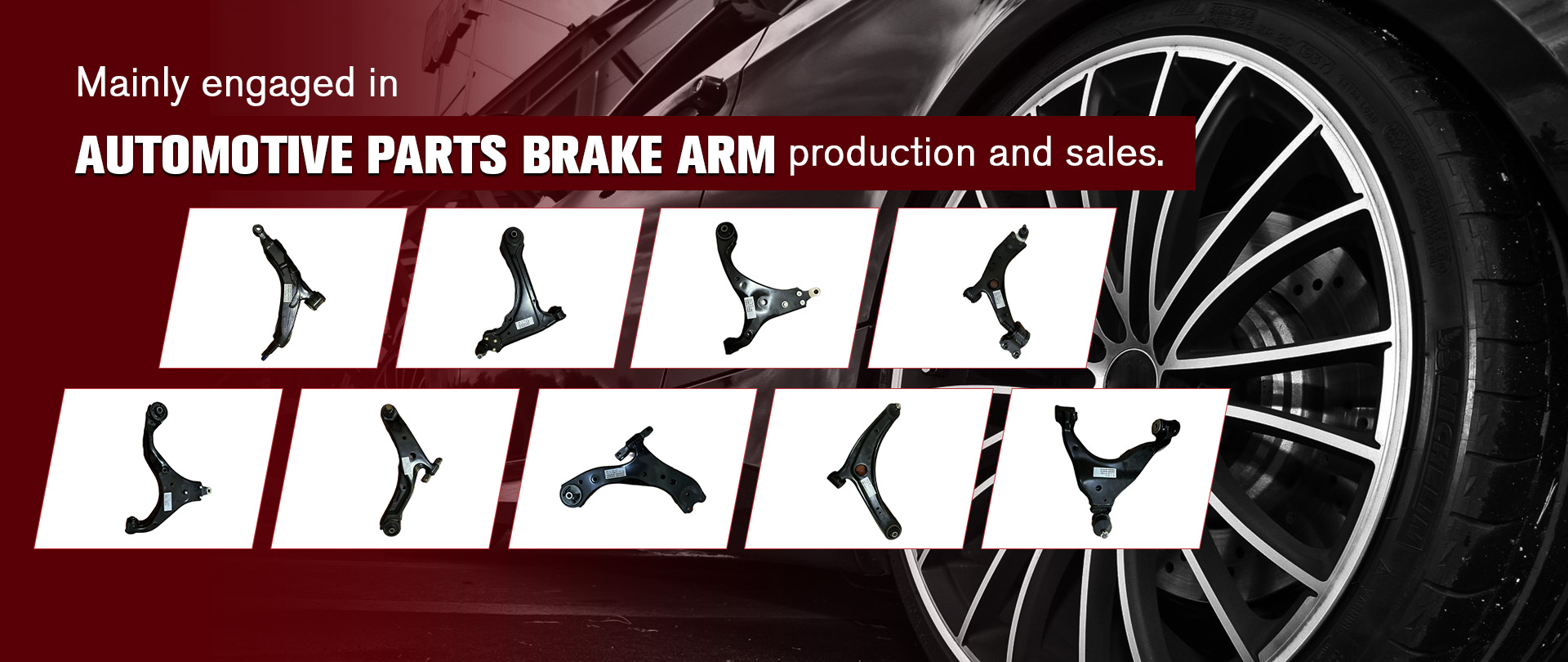
-
 Afrikaans
Afrikaans -
 Albanian
Albanian -
 Amharic
Amharic -
 Arabic
Arabic -
 Armenian
Armenian -
 Azerbaijani
Azerbaijani -
 Basque
Basque -
 Belarusian
Belarusian -
 Bengali
Bengali -
 Bosnian
Bosnian -
 Bulgarian
Bulgarian -
 Catalan
Catalan -
 Cebuano
Cebuano -
 Corsican
Corsican -
 Croatian
Croatian -
 Czech
Czech -
 Danish
Danish -
 Dutch
Dutch -
 English
English -
 Esperanto
Esperanto -
 Estonian
Estonian -
 Finnish
Finnish -
 French
French -
 Frisian
Frisian -
 Galician
Galician -
 Georgian
Georgian -
 German
German -
 Greek
Greek -
 Gujarati
Gujarati -
 Haitian Creole
Haitian Creole -
 hausa
hausa -
 hawaiian
hawaiian -
 Hebrew
Hebrew -
 Hindi
Hindi -
 Miao
Miao -
 Hungarian
Hungarian -
 Icelandic
Icelandic -
 igbo
igbo -
 Indonesian
Indonesian -
 irish
irish -
 Italian
Italian -
 Japanese
Japanese -
 Javanese
Javanese -
 Kannada
Kannada -
 kazakh
kazakh -
 Khmer
Khmer -
 Rwandese
Rwandese -
 Korean
Korean -
 Kurdish
Kurdish -
 Kyrgyz
Kyrgyz -
 Lao
Lao -
 Latin
Latin -
 Latvian
Latvian -
 Lithuanian
Lithuanian -
 Luxembourgish
Luxembourgish -
 Macedonian
Macedonian -
 Malgashi
Malgashi -
 Malay
Malay -
 Malayalam
Malayalam -
 Maltese
Maltese -
 Maori
Maori -
 Marathi
Marathi -
 Mongolian
Mongolian -
 Myanmar
Myanmar -
 Nepali
Nepali -
 Norwegian
Norwegian -
 Norwegian
Norwegian -
 Occitan
Occitan -
 Pashto
Pashto -
 Persian
Persian -
 Polish
Polish -
 Portuguese
Portuguese -
 Punjabi
Punjabi -
 Romanian
Romanian -
 Russian
Russian -
 Samoan
Samoan -
 Scottish Gaelic
Scottish Gaelic -
 Serbian
Serbian -
 Sesotho
Sesotho -
 Shona
Shona -
 Sindhi
Sindhi -
 Sinhala
Sinhala -
 Slovak
Slovak -
 Slovenian
Slovenian -
 Somali
Somali -
 Spanish
Spanish -
 Sundanese
Sundanese -
 Swahili
Swahili -
 Swedish
Swedish -
 Tagalog
Tagalog -
 Tajik
Tajik -
 Tamil
Tamil -
 Tatar
Tatar -
 Telugu
Telugu -
 Thai
Thai -
 Turkish
Turkish -
 Turkmen
Turkmen -
 Ukrainian
Ukrainian -
 Urdu
Urdu -
 Uighur
Uighur -
 Uzbek
Uzbek -
 Vietnamese
Vietnamese -
 Welsh
Welsh -
 Bantu
Bantu -
 Yiddish
Yiddish -
 Yoruba
Yoruba -
 Zulu
Zulu
toyota control arm
Understanding Toyota Control Arms Importance and Function
The control arm is a vital component in a vehicle’s suspension system, playing a crucial role in ensuring a smooth and stable ride. Specifically in Toyota models, the control arm contributes to handling, alignment, and overall vehicle stability. This article will delve into the function, significance, and maintenance of control arms, underscoring their importance in Toyota vehicles.
A control arm, sometimes referred to as an A-arm due to its shape, is a pivoting arm that connects the vehicle's chassis to its wheels. It allows for the upward and downward movement of the wheels while maintaining proper alignment with the body of the vehicle. In Toyota vehicles, control arms are typically made from steel or aluminum, providing a balance between strength and weight.
Understanding Toyota Control Arms Importance and Function
In addition to allowing wheels to move freely, control arms also play a pivotal role in vehicle alignment. Proper alignment ensures that the tires wear evenly and the vehicle handles predictably. Misalignment, often caused by potholes, curbs, or general wear and tear, can lead to uneven tire wear and decreased fuel efficiency. Maintaining the integrity of the control arms is essential for achieving the recommended alignment specifications set by manufacturers like Toyota.
toyota control arm

Toyota has been recognized for producing durable vehicles, but the longevity of components like control arms can still be affected by various factors, including terrain, driving habits, and environmental conditions. Common signs of control arm issues include clunking noises while driving over bumps, uneven tire wear, or a noticeable change in steering responsiveness. Drivers should be vigilant about these symptoms, as ignoring them can lead to more severe suspension and alignment problems.
Regular maintenance can significantly extend the life of control arms in Toyota vehicles. Routine inspections during oil changes or tire rotations can help detect wear and tear before it becomes a significant problem. Additionally, greasing the bushings that connect the control arms to the chassis can prevent premature wear caused by friction. Ensuring that the control arms and associated bushings are in good condition helps maintain driving stability, safety, and vehicle performance.
When it comes to replacing control arms, Toyota owners should seek quality parts. Opting for genuine OEM (Original Equipment Manufacturer) parts is often recommended, as these are specifically designed to fit and function within Toyota vehicles. While aftermarket alternatives may be cheaper, they might sacrifice compatibility and longevity.
In conclusion, control arms are essential components that contribute significantly to the overall performance, safety, and comfort of Toyota vehicles. Understanding their function, recognizing the signs of wear, and practicing regular maintenance can enhance their longevity and, by extension, the vehicle's overall reliability. Whether navigating city streets or embarking on long road trips, well-maintained control arms ensure that every journey in a Toyota is smooth and safe.







